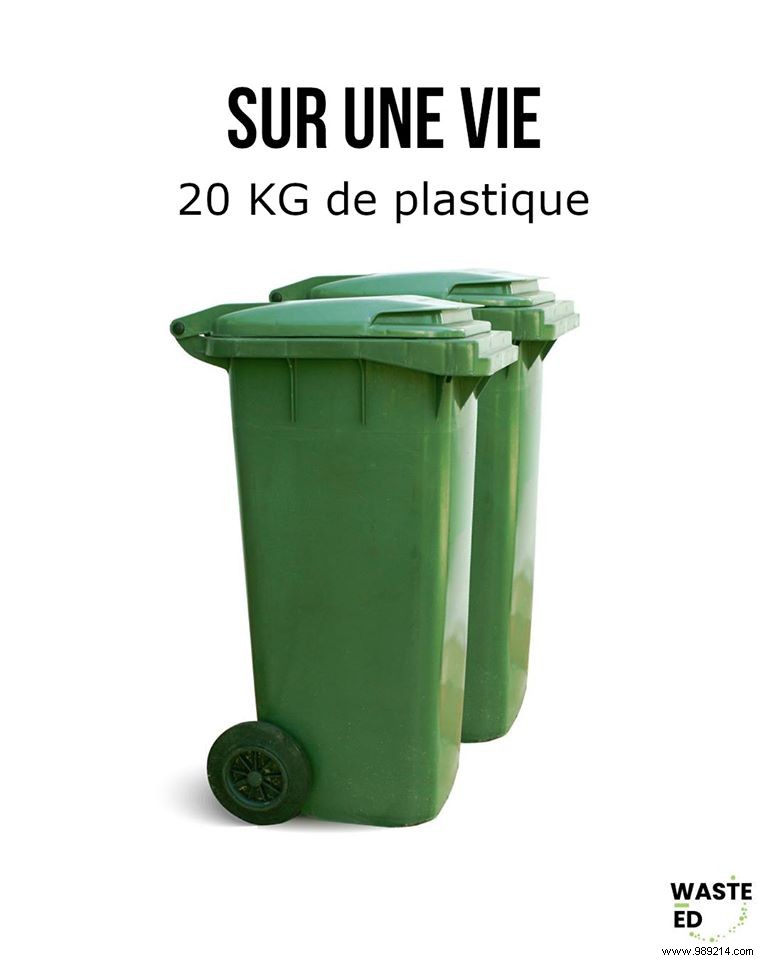While this information is not new in itself, it is crucial and bears repeating. According to the WWF, humans ingest microplastics in significant quantities every day. We are talking about 5 grams per week, or about twenty kilograms over a lifetime.
It is always useful to remember that the presence of plastic in the environment is a real scourge. However, for some time now, microplastics have also invaded our food . A World Wide Fund for Nature (WWF) report published in June 2019 reported the results of a study conducted by the University of Newcastle (Australia).
The objective was to assess the ingestion of plastic by human beings. According to the results, we ingest up to2,000 microplastic particles per week , i.e. the weight of a credit card (5 grams). In a Facebook post, the Waste-Ed association indicates that this value corresponds to more than 20 grams per month, 250 grams per year, 2.5 kg over 10 years or 20 kg over a lifetime!

The WWF report indicates that the largest source of plastic ingestion comes from bottled water , but also that of the faucet. In addition, there is twice as much plastic in the water in the United States and India as in Europe. In terms of the food products studied, the highest levels of plastic concern shellfish, salt and beer.
We have known for a long time that plastics pollute the oceans and other waterways. However, the identification of the impact on marine life and the human organism is more recent. However, government decisions have never really solved the problem of plastic pollution. WWF therefore calls on governments to play an important role in the plastic chain. From manufacturers to consumers, the common goal must be to end plastic pollution . In addition, a petition is available, promising to end this crisis by 2030 with a global and binding agreement.
For the authors of the study, this research is a first basis for a future precise assessment of toxicological risks potential for humans. Finally, if the ingestion of microplastics by humans is only one aspect of the current crisis, the fact that we are directly impacted could advance the cause.
In July 2020, we mentioned the case of the Mediterranean Sea. More than half of anchovies (60%) and sardines (58%) are contaminated with microplastics. However, the study concerned the western half of the Mediterranean, that is to say mainly along the Spanish coast. On the other hand, it is very likely the sea will be affected as a whole.